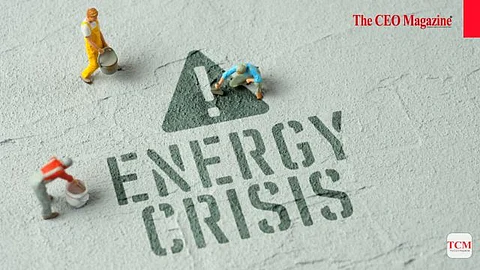
- News
- Women
- Magazine
- IndustryIndustry
- InsightsInsights
- Success Stories
- PublishPublish
- ContactContact
- Media KitMedia Kit

The 1979 Energy Crisis
Causes, Impact, and Lessons Learned
The 1979 energy crisis stands as a pivotal moment in history, marked by upheaval in oil markets, soaring prices, and widespread fear of shortages.
Originating in the aftermath of the Iranian Revolution, this crisis rippled across the globe, reshaping energy policies, consumer behaviour, and economic landscapes. Let's delve into the depths of this significant event to grasp its causes, repercussions, and enduring legacy.
The 1979 energy crisis emerged as the second oil price shock of the 1970s, following the earlier disruption in 1973. Triggered by turmoil in Iran, a major oil exporter, the crisis instigated a surge in crude oil prices, nearly doubling within a span of twelve months to almost $40 per barrel.
The repercussions were profound, with panic buying gripping the gasoline market, long queues forming at gas stations, and concerns about supply shortages escalating.
The crisis manifested in widespread fears of gasoline shortages, precipitating long queues at gas stations and rationing measures in several U.S. states.
The impact rippled beyond fuel availability, with concerns looming over heating oil scarcity, particularly in the frosty landscapes of New England.
However, it's crucial to recognise that the crisis was not solely a byproduct of geopolitical events; rather, domestic fiscal policies in the U.S. exacerbated its severity.
In an attempt to navigate the crisis, the U.S. government intervened by regulating oil prices and mandating supply restrictions on gasoline—a decision that inadvertently fueled price hikes.
Furthermore, unintended supply constraints ensued from regulatory mandates, compounding the challenges in stabilising fuel availability.
Monetary policies also played a contributory role, with cautious interest rate adjustments failing to contain inflationary pressures, thereby amplifying the economic strain.
Despite the adversities, the crisis spurred a paradigm shift in energy consciousness, fostering initiatives for conservation and efficiency. Consumers were encouraged to embrace smaller, fuel-efficient vehicles, heralding a new era in automotive design and manufacturing.
Moreover, utility companies pivoted towards alternative energy sources, catalysing innovations in nuclear power and renewable technologies.
These concerted efforts yielded tangible dividends, with global oil consumption witnessing a steady decline and OPEC's market dominance waning significantly by 1985.
As we reflect on the 1979 Energy Crisis, its enduring legacy underscores the resilience of human ingenuity in the face of adversity. Beyond the tumultuous upheavals, it paved the way for transformative changes, fostering a more sustainable and diversified energy landscape.
As we navigate contemporary challenges, let us draw inspiration from the lessons of the past, embracing innovation, conservation, and adaptability as pillars of enduring progress.
In essence, the 1979 Energy Crisis serves as a testament to the indomitable spirit of human resilience, transcending crises to forge a brighter, more sustainable future for generations to come.
Follow us on Google News
